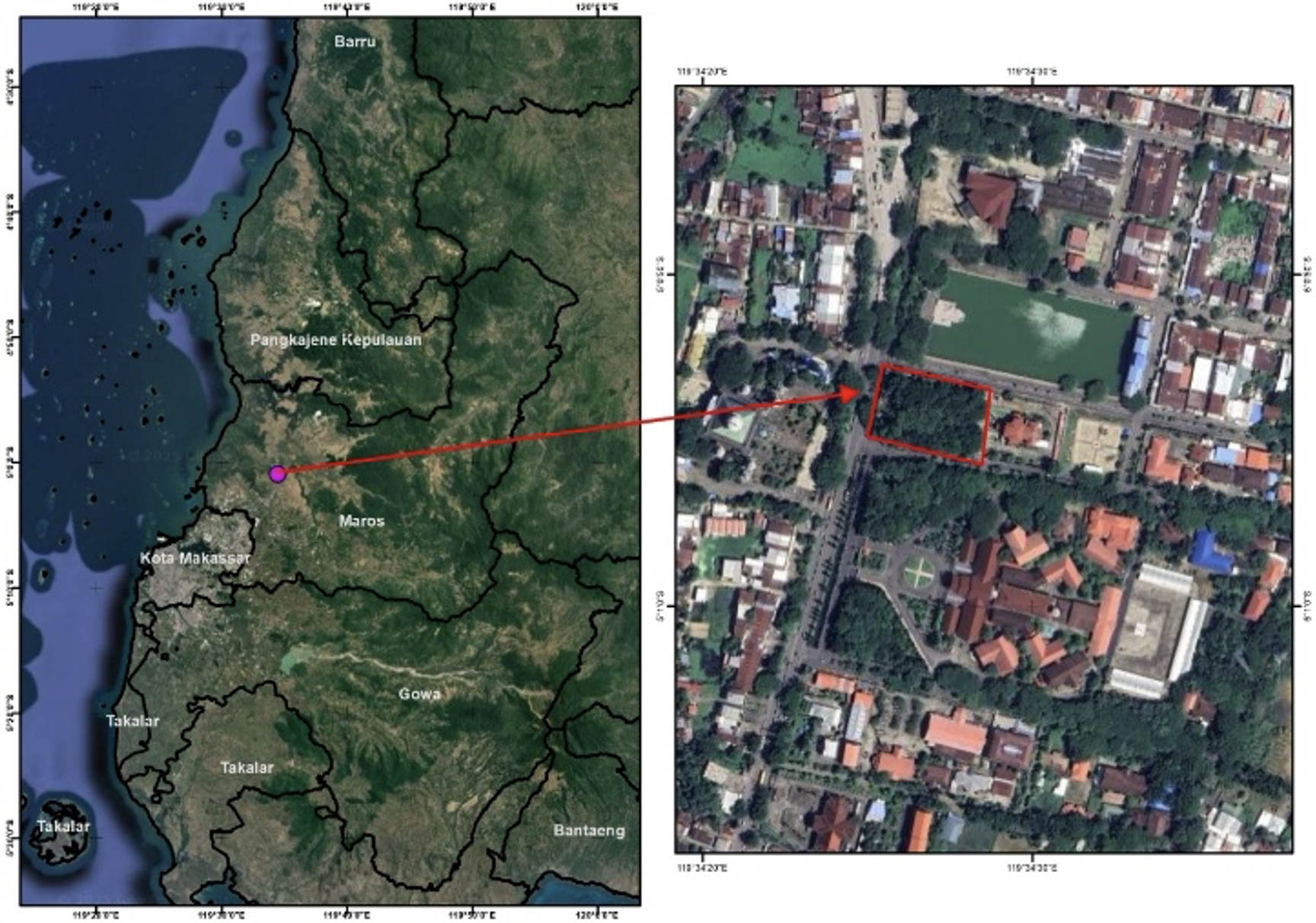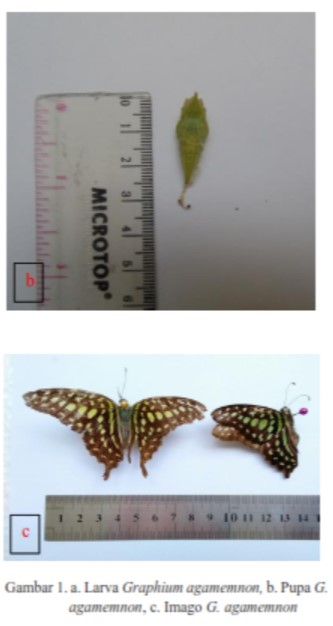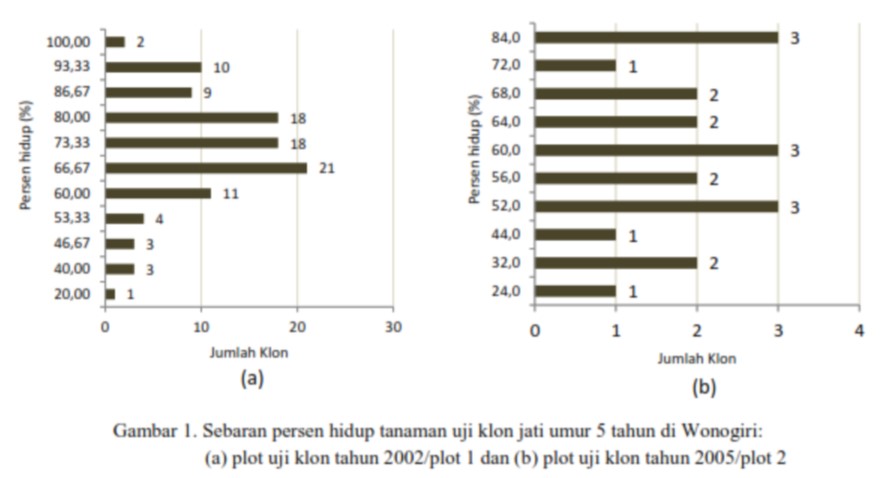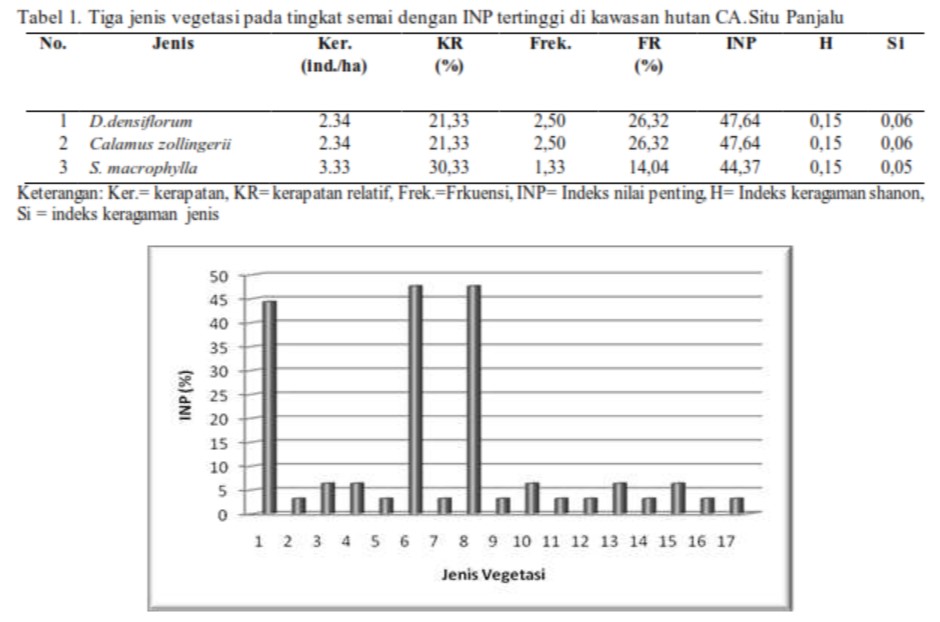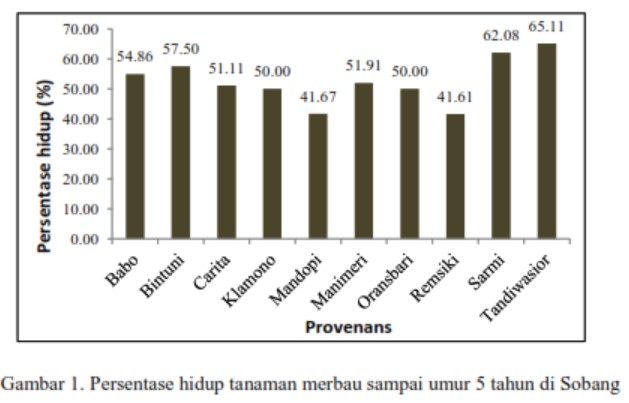The Effect of Three Spacing and Goat Urine Application on Early Growth of Manglid
Abstract
The productivity of manglid (Magnolia champaca (L.) Baill. Ex Pierre) as the prominent plant commodity in West Java, can be improved by environmental manipulation such as spacing and fertilization. The objective of this research is to identify the effect of plant spacing and the use of goat urine as the leaves fertilizer on manglid planting until 19 month old. We used Randomized Block with Split Plot Design using three times replication. Main factor to be considered is the plant spacing with three different space :3 x 3 m (J1) ; 2 x 3 m (J2) and 2 x 2 m (J), while the secondary factor is three different doses of goat urine given : control (P1), 240 ml (P2), and 480 ml(P3. The results showed that the best treatment of planting manglid were treatment spacing of 2 x 2 m with goat urine fertilizer application as much as 240 ml per plant that produces high 191,5 cm and 3.83 cm of diameter up to the age of 19 months.
##submission.copyrightStatement##
##submission.license.cc.by-nc4.footer##Copyright and License
All articles published in Wasian Journal are the property of the authors. By submitting an article to Wasian Journal, authors agree to the following terms:
-
Copyright Ownership: The author(s) retain copyright and full publishing rights without restrictions. Authors grant the journal the right to publish the work first and to distribute it as open access under a Creative Commons Attribution 4.0 International License (CC BY 4.0).
-
Licensing: Articles published in Wasian Journal are licensed under a Creative Commons Attribution 4.0 International License (CC BY 4.0). This license allows others to share, copy, and redistribute the material in any medium or format, and adapt, remix, transform, and build upon the material for any purpose, even commercially, provided that proper credit is given to the original author(s) and the source of the material

This work is licensed under a Creative Commons Attribution 4.0 International License. -
Author's Rights: Authors are permitted and encouraged to post their work online (e.g., in institutional repositories or on their website) prior to and during the submission process, as it can lead to productive exchanges and greater citation of published work.
-
Third-Party Content: If your article contains material (e.g., images, tables, or figures) for which you do not hold copyright, you must obtain permission from the copyright holder to use the material in your article. This permission must include the right for you to grant the journal the rights described above.
-
Reprints and Distribution: Authors have the right to distribute the final published version of their work (e.g., post it to an institutional repository or publish it in a book), provided that the original publication in Wasian Journal is acknowledged.
For the reader you are free to:
- Share — copy and redistribute the material in any medium or format for any purpose, even commercially.
- Adapt — remix, transform, and build upon the material for any purpose, even commercially.
- The licensor cannot revoke these freedoms as long as you follow the license terms.
Under the following terms:
- Attribution — You must give appropriate credit , provide a link to the license, and indicate if changes were made . You may do so in any reasonable manner, but not in any way that suggests the licensor endorses you or your use.
- No additional restrictions — You may not apply legal terms or technological measures that legally restrict others from doing anything the license permits.
Notices:
You do not have to comply with the license for elements of the material in the public domain or where your use is permitted by an applicable exception or limitation .
No warranties are given. The license may not give you all of the permissions necessary for your intended use. For example, other rights such as publicity, privacy, or moral rightsmay limit how you use the material.
##plugins.generic.recommendByAuthor.heading##
- Aditya Hani Aditya , Eva Fauziyah Fauziyah, Tri Sulistyawati Widyaningsih Widyaningsih, Devy Priambodo Kuswantoro Devy , Potency and Agroforestry Patterns that Support Bamboo Sustainability in Sukaharja Village, Ciamis District , Jurnal Wasian: 卷 5 期 2 (2018): December
- Encep Rachman Encep , Aditya Hani Aditya , The Potential of Vegetation Species Diversity for Ecotorourism Development at Nature Reserve of Panjalu Lake , Jurnal Wasian: 卷 4 期 1 (2017): June



